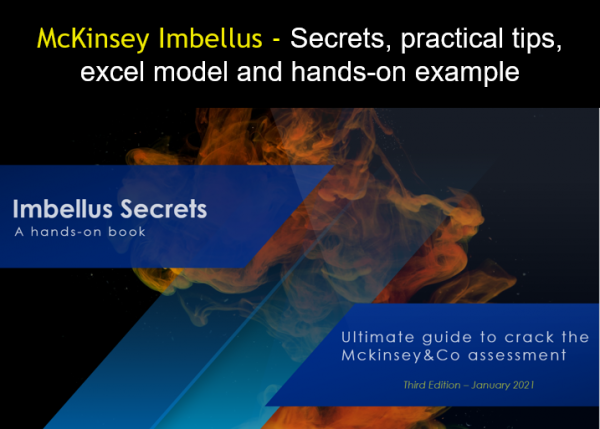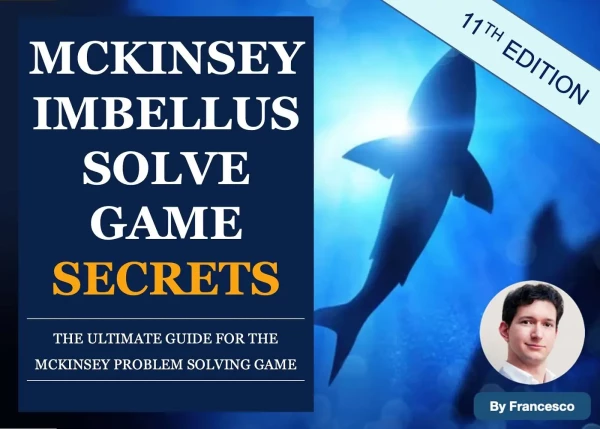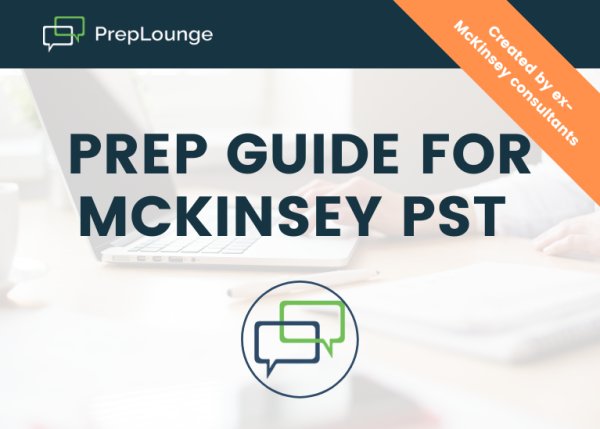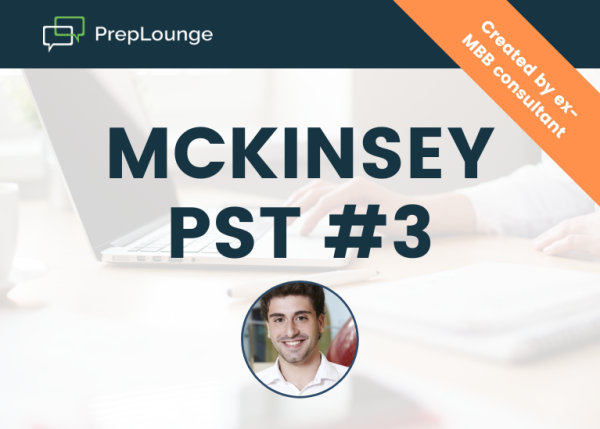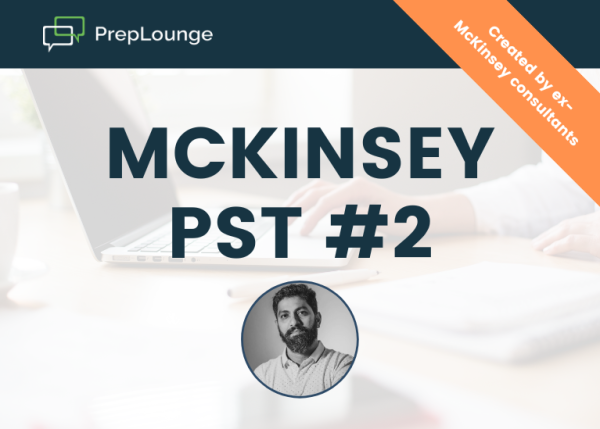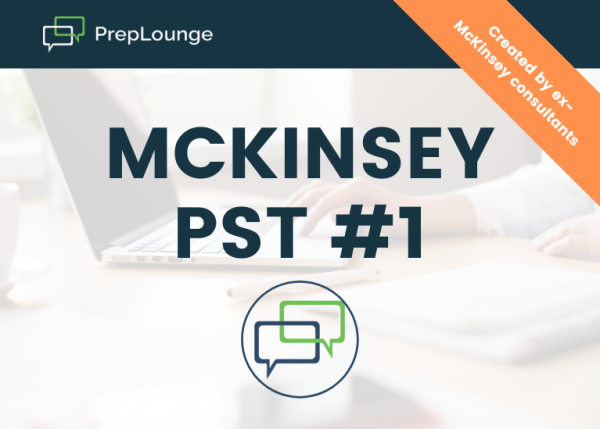Hello,
I'm currently working on a case prompt involving Store X, a retail outlet similar to Walmart, selling a variety of items including groceries and household goods. The store has a decade-long established loyalty program, managed by a third-party. Given that Store X is a significant player in the market, sharing space with two other major competitors and numerous smaller entities, the CEO is keen on enhancing the loyalty program.
Given that this is an interviewer-led case, I'd like to seek advice on:
The key considerations and elements I should factor in while addressing this case.
A suitable and effective structure to systematically solve and present solutions for this particular problem.
Your insights and guidance will be immensely valuable. Thank you in advance!
Best Regards




